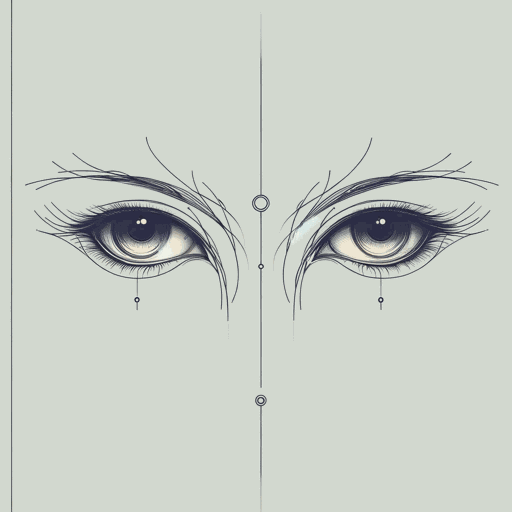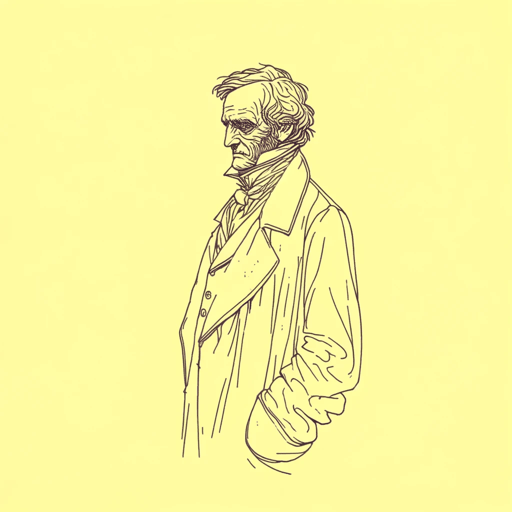18 pages • 36 minutes read
Edgar Allan PoeTo Helen
Fiction | Poem | Adult | Published in 1831A modern alternative to SparkNotes and CliffsNotes, SuperSummary offers high-quality Study Guides with detailed chapter summaries and analysis of major themes, characters, and more.
Symbols & Motifs
Sea
The sea as a literary symbol appears in the Greek myths Poe references in “To Helen.” It endures as a common symbol over many centuries of poetry. Poe’s wanderer of yore (from the past) travels “o'er a perfumed sea” (Line 3). The sea represents being away from home, adventure, and conflict.
Like the term Nicéan barks, scholars have debated the kinds of perfumes Poe imagined and if they indicate the identity of Poe’s wanderer. For instance, one theory is that the sea is the Mediterranean and the wanderer is Roman poet Catullus. Often, the sea is considered the Aegean Sea, and the wanderer is considered to be Odysseus. Regardless of their identity, the sea antagonizes travelers, which is reflected in Poe’s diction (word choice): “On desperate seas” (Line 6). Being at sea is a vulnerable, or desperate, state.
Lamp
The “agate lamp” (Line 13) Helen carries in the final stanza holds the brightness associated with her beauty and domesticity. Her window is like the window of a lighthouse, and her lamp is like the one that shines out to travelers at sea. It is a signal of home and love.
When read with the following lines, the agate lamp takes on an additional mythical meaning.
Related Titles
By Edgar Allan Poe

A Dream Within a Dream
Edgar Allan Poe

Annabel Lee
Edgar Allan Poe

Berenice
Edgar Allan Poe

Hop-Frog
Edgar Allan Poe

Ligeia
Edgar Allan Poe

Tamerlane
Edgar Allan Poe

The Black Cat
Edgar Allan Poe

The Cask of Amontillado
Edgar Allan Poe

The Conqueror Worm
Edgar Allan Poe

The Facts in the Case of M. Valdemar
Edgar Allan Poe

The Fall of the House of Usher
Edgar Allan Poe

The Gold Bug
Edgar Allan Poe

The Haunted Palace
Edgar Allan Poe

The Imp of the Perverse
Edgar Allan Poe

The Lake
Edgar Allan Poe

The Man of the Crowd
Edgar Allan Poe

The Masque of the Red Death
Edgar Allan Poe

The Murders in the Rue Morgue
Edgar Allan Poe

The Narrative of Arthur Gordon Pym of Nantucket
Edgar Allan Poe

The Oval Portrait
Edgar Allan Poe

